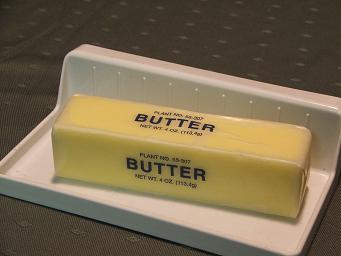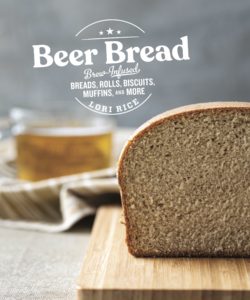 I thought since I had talked a bit about the importance of fat and the fat free craze, I should balance that with additional info about the not-so-good fats.
I thought since I had talked a bit about the importance of fat and the fat free craze, I should balance that with additional info about the not-so-good fats.
I was looking over the June research news from the USDA and in a story entitled Facts on Fats Could Prompt Healthier Eating they discussed a study that further supported the dangers of trans fat.
One thing that I immediately enjoyed when I started studying nutrition was the fact that I found out about popular topics and concerns long before the media got a hold of it. This is true of trans fat.
Since I was in college when this topic became of concern to nutrition professionals and the government we learned about trans fats. We also learned that the powers-that-be were struggling with how to release the warnings to the general public. A few years later, here we are. It’s now on the list of bad fats, on the labels of all our foods and many companies are trying and succeeding at eliminating it from their products.
Honestly, I think that food companies got the information about trans fats before the general public even understood what they were. ‘Trans fat free’ and ‘0% trans fat’ started popping up on labels before anyone could define a trans fat. This was, of course, because they saw the road leading to this labeling being mandated, which it now is. A definite benefit to us consumers.
If you are still in the dark a bit, a trans fat occurs in processing. When manufactures take something unsaturated and in a liquid state (like a healthy oil) and turn it into something solid and spreadable, its chemical structure becomes a trans configuration, so a trans fat.
I will stop there with the chemistry. I am a not a big fan of chemistry. I always say if someone had told me how much chemistry is actually involved in nutrition before I fell in love with the subject I doubt I would have pursued it. But no one did and here I am. If you are interested in it here is some more info on the configuration.
The best example of this process is margarine, but it exists in all kinds of packaged goods because they use shortening and margarines.
In the research review I mentioned above, yet another study showed that people eating a diet with saturated and trans fats had increased LDL (bad) cholesterol.
They are both bad news and should be limited in the diet. The best way to do this is to eat more natural, real foods. Trans fats are sneaky, though. They tend to show up in packaged foods we may have once thought healthy. Hopefully I can uncover some of those hiding places in a later post. It is best to check labels too. Just because something says it trans fat free doesn’t mean it is without saturated fat. Both do similar damage to our cardiovascular (and other) systems in the body.
Photo by dieraecherin, morguefile.com





